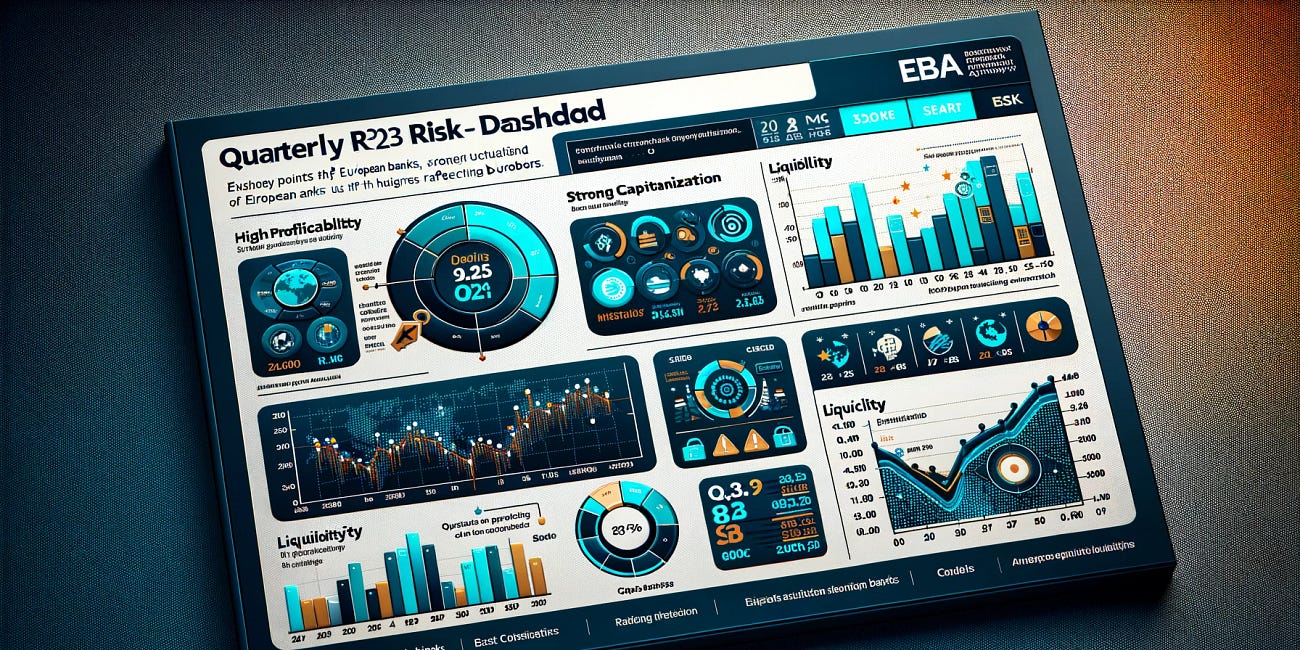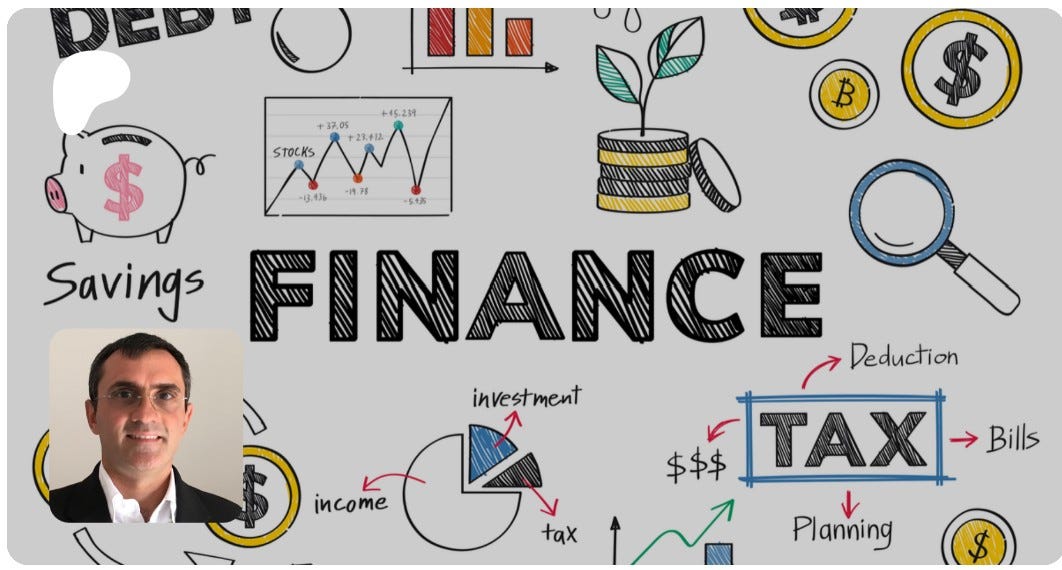PWC published a recent update on Italian NPE and Credit Management Industry explaining how the market is undergoing a significant transformation, marked by a shift from traditional practices to more nuanced and sophisticated strategies.
Historically, the focus was on the accumulation of non-performing loans (NPLs), often lingering on books for years. The primary recovery method was a straightforward liquidation approach. Large-scale, "Jumbo deals" were prominent, aimed at accelerating deleveraging. This period also saw the utilization of tools like GACS, leading to substantial disposals of over €110 billion between 2016 and 2022. The market was characterized by systemic transactions, with large investors and Nordic players dominating the debt purchasing landscape.
However, the market is now pivoting towards a more refined approach. The emerging focus emphasizes ad-hoc management for UtP/Stage 2 loans and a prompt response to overdue management. There is a growing trend towards "industrial" management, seeking more sophisticated solutions aimed at returning to bonis, or financial health. This new phase requires establishing partnerships within the ecosystem, involving investors, banks, and servicers.
Sales in the NPE market are increasingly driven by the secondary market, bringing additional pressure on regulated debt purchasers. There is a rising importance of having internal servicing capabilities to navigate the complexities of the evolving market.
This shift necessitates a transformation within the industry. Finding effective solutions for non-performing and sub-performing loans is not just a financial issue; it's pivotal for supporting the real economy. This process requires a collaborative effort involving banks, servicers, and investors. The government can also contribute by promoting policies and solutions that foster a virtuous cycle, benefiting the entire economy.
As the Italian NPE market moves away from its traditional practices, the focus is now on innovative, sustainable strategies that support financial health and contribute to the broader economic landscape.
EBA on European Banks
Q3 2023 quarterly Risk Dashboard (RDB) published by European Banking Authority (EBA) pointed out that European banks remained highly profitable, well capitalised and maintained robust liquidity. Banks expect the asset quality to deteriorate as higher interest rates affect borrowers.
Key highlights on the Italian NPE Market
Contrary to what bank records might suggest, the volume of Non-Performing Exposures (NPEs) in Italy is still substantial. Despite the efforts of banks and specialized entities to reduce this figure, the total amount remains high. Initially at nearly €400 billion in 2015, it has been decreased to just above €300 billion by June 2023. Yet, when adding €211 billion of credits categorized as stage 2, the scrutinized credit pool exceeds €500 billion. This indicates a persistent challenge in managing and reducing NPEs in the Italian financial landscape.
Italian banking system overview
The banking sector in Italy has seen substantial fortification, supported by strong capital structures, effective risk reduction strategies, and impressive profit margins. Market trends in interest rates indicate they may remain high for a considerable time, a scenario from which Italian banks are expected to benefit significantly. Nonetheless, certain risk elements are present, such as the influence of deposit beta, rising costs of funding, a decline in the demand for credit, and the possibility of worsening credit standards.
The Debt Purchasing and Servicing Market
The industry for managing credit is experiencing a major shift. The volume of non-performing loans on the ledgers of banks has dropped substantially, reaching unprecedented lows. Consequently, banks are now concentrating more on performing loans, especially those showing early signs of distress (high risk/Stage 2). This shift requires servicing companies to adapt their strategies, incorporating innovative services and adopting new methods to leverage upcoming business prospects. Additionally, a considerable amount of NPEs still reside with investors, calling for a more industrialized and specialized recovery methodology.
NPL Outlook 2024
DBRS published a Commentary on the European NPL securitization market describing volumes falling in 2023 and a stable outlook for 2024. State guarantees have been renewed in Greece and may be introduced in other jurisdictions like San Marino while are finally expired in Italy where the were introduced for the first time in 2016.
Regulatory framework update
The primary focus of regulatory efforts continues to be the secondary market for NPLs, with various approaches being pursued by authorities in Italy and across Europe. Key among these is the upcoming implementation of the latest version of the Capital Requirement Regulation, set for 2025, which proposes favorable conditions for specialized debt restructuring entities. Additionally, the domestic implementation of the Directive on NPLs secondary market is mandated. In this context, the European Banking Authority (EBA) has initiated two consultations addressing specific aspects of the servicing industry. In Italy, the Parliament is deliberating on a legislative proposal that would allow debtors the right to buy back their non-performing debt under certain predefined terms. Moreover, the Bank of Italy is poised to make minor adjustments to the securitization framework, particularly concerning 106 intermediaries.
Relevant Links:
https://www.pwc.com/it/it/publications/npl-market.html
This newsletter is free please consider supporting it with a small donation
Check my personal blog mostly in Italian
See my full professional profile (available for consulting projects)
My Podcast on Financial News and Education
My new Podcast on Italian Politics










